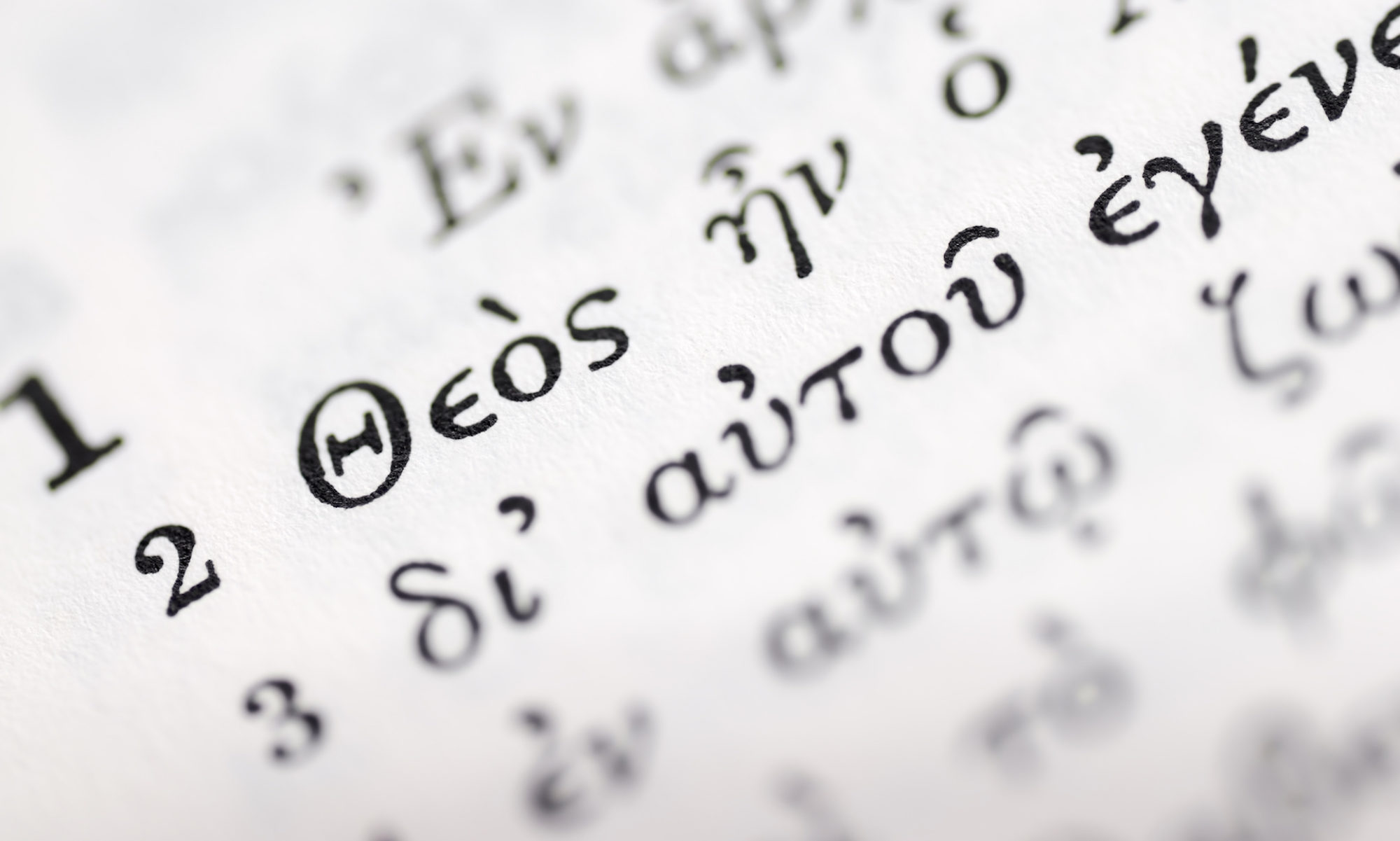Goose, Unicorn and Pelican: The Revelation of Christ in the Creation in the Context of Hussite Theology
Abstract
«The heavens are telling the glory of God and the firmament proclaims his handiwork» says the psalmist (Ps 19:1) and «since the creation of the world his eternal power and divine nature, invisible though they are, have been understood and seen through the things he has made» writes the apostle Paul (Rom 1:20). God reveals itself not only in the ‹Book of Books›, but also in the ‹Book of Creation› (nature) and so called ‹theologia naturalis› is a part of Hussite theology. However, not everybody knows that the literary source of Christian natural theology is not just the Scripture but also an almost forgotten Early Christian writing called ‹Physiologus›. The author of this small ancient work, written in Greek, probably about 200 CE in Egypt in Alexandria, is a first Christian who discovers the mystery of the revelation of Christ in the nature. This work containing allegorical interpretations of animals, plants and stones was translated into almost all cultural languages and in Middle Ages spread in the form of so called ‹bestiaries› all over Europe and it became the most translated book of ancient literature besides the bible. Its theological fundament is the belief that Christ is a hermeneutical key not only to the understanding of the Scripture, but also of the nature and of the whole world which was created through him (John 1:3).
Anotace
«Nebesa vypravují o Boží slávě, obloha hovoří o díle jeho rukou», praví žalmista (Ž 19,2), a «jeho věčnou moc a božství, které jsou neviditelné, lze totiž od stvoření světa vidět, když lidé přemýšlejí o jeho díle», píše apoštol Pavel (Ř 1,20a). Bůh se zjevuje nejen v ‹Knize knih› (bibli), ale i v ‹Knize stvoření› (přírodě), a tzv. theologia naturalis je součástí husitské teologie. Málokdo však ví, že literárním pramenem křesťanské přirozené teologie není pouze Písmo, ale že to byl teology dnes již téměř zapomenutý raně křesťanský spis zvaný Physiologus. Autor tohoto nenápadného antického díla napsaného v řečtině, pravděpodobně kolem roku 200 n.l. v egyptské Alexandrii, je prvním křesťanem odhalujícím tajemství Kristova zjevení v přírodě. Tento spis obsahující alegorické výklady zvířat, rostlin a kamenů byl však brzy přeložen téměř do všech západních kulturních jazyků a ve středověku se ve formě tzv. ‹bestiářů› rozšířil po celé Evropě a stal se nejpřekládanější knihou antické literatury vedle bible. Jeho teologickým fundamentem je přesvědčení, že Kristus je hermeneutickým klíčem nejen k porozumění Písma, ale i přírody a celého světa, jenž byl skrze něho stvořen (J 1,3).
